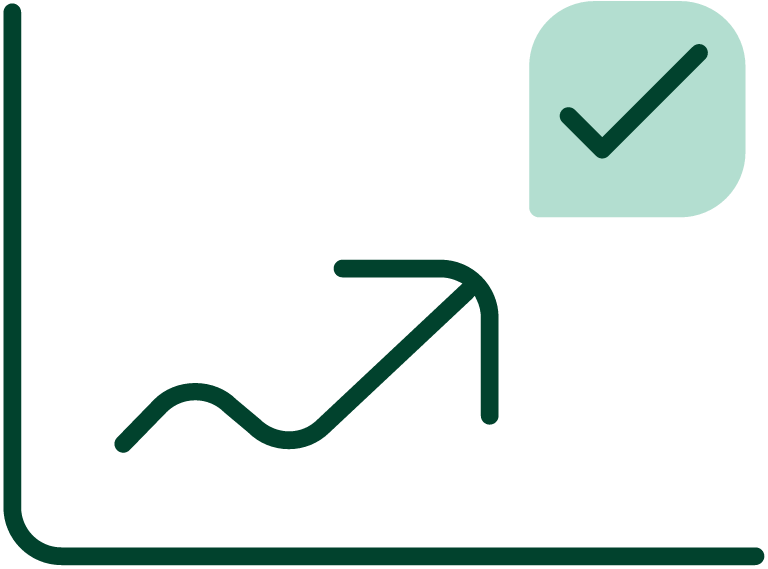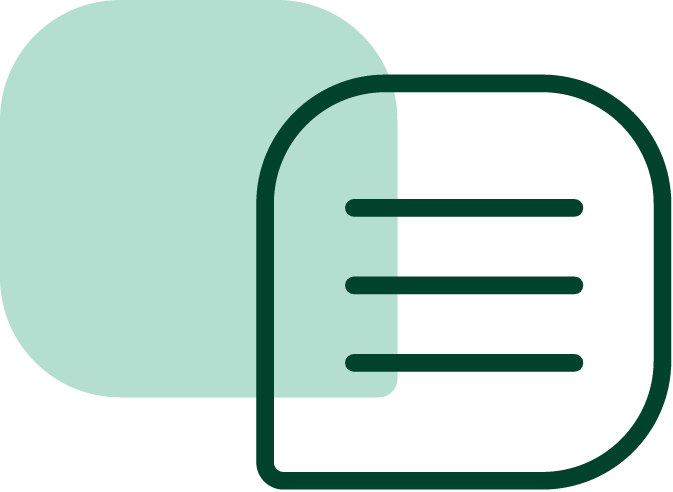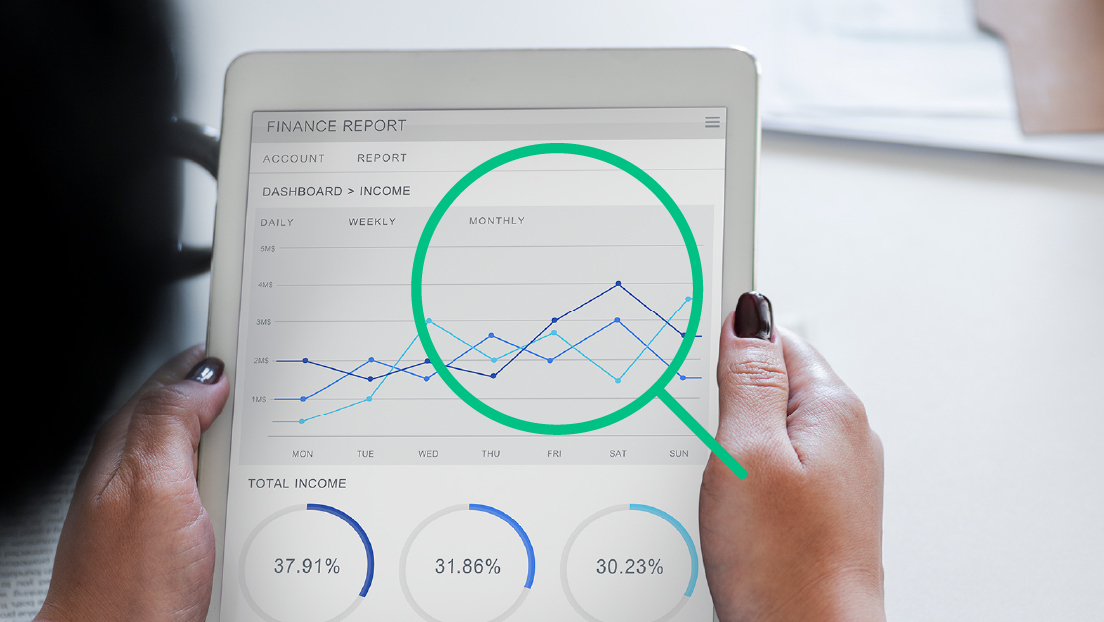If cash flow is the lifeblood of any business, then accounts receivable (A/R) turnover is the heart that keeps cash flowing. Optimizing your collections process is crucial for cashflow. The better you optimize collections procedures and tasks, the more efficient and effective your A/R becomes.
Two critical key performance indicators (KPIs) that help your accounts receivable team optimize collections are receivables turnover and days sales outstanding (DSO).
These two KPIs aren’t perfect, but they inform decisions that ultimately determine how much cash you have available. It’s important for A/R teams to understand both receivables turnover and days sales outstanding and how they’re calculated so they can best optimize your collections process.
If you’re relying on manual processes for your accounts receivables, one of the best ways to optimize the process is to turn to an autonomous accounts receivable platform to accelerate your cash flow.
Days Sales Outstanding vs. Accounts Receivables Turnover
Receivables turnover and days sales outstanding work in tandem. Both define different aspects of your accounts receivable performance, and both need to be tracked and optimized.
Accounts Receivables Turnover (ART)
Receivables turnover is the number of times a company is able to collect receivables within a specific time frame (usually a year). ART measures the effectiveness of your company’s revenue collection. It’s an indication of how well A/R handles extended credit and how effective the process is.
Typically, accounts receivables turnover is measured as a ratio that compares your net credit sales against how many times you’ve collected receivables over a given period of time (average accounts receivable).
Receivables Turnover = Net Credit Sales
Average Accounts Receivable
For example, if a IT company has net credit sales of $5 million and an average accounts receivable of $300,000 in Q1, $200,000 in Q2, $300,000 in Q3 and $300,000 in Q4, its average accounts receivable is ($500,000 + $200,000 + $300,000 + $500,000)/4) = $250,000.
That means that the IT company collects its receivables approximately 20 times a year.
Receivables Turnover = $5,000,000 = 20
$250,000
The goal is a high receivables turnover ratio. A higher receivables turnover ratio (an average of 7) reflects a more efficient A/R department and a strong cash flow, while an ART under 5 typically reflects one whose collections process should be improved. These numbers also vary according to different industries.
Days Sales Outstanding
Days sales outstanding (DSO), also known as days sales in average receivables, is a metric representing the number of days it takes your company to collect revenue from a client or customer after the sale. It is often assessed only annually.
How to calculate days sales outstanding is simple but important. DSO calculation requires input of your ending accounts receivable for a given time period against the credit sales during the same timeframe.
DSO = Accounts Receivable X Number of Days
Net Credit Sales
For example, if the amount collected over a month in accounts receivable for an ecommerce company was $350,000, out of net credit sales of $1 million, the DSO would be 10.5 days.
That means that the average number of days it takes the manufacturing company to collect on its receivables is 10.5.
DSO = $350,000 X 30 days = 10.5
$1,000,000
The goal here is a low days sales outstanding number. A lower DSO or days sales in receivables ratio reflects a faster and more effective collections process.
Interpreting Days Sales Outstanding vs Accounts Receivable Turnover
You can get a good picture of how well your collections process is operating when you compare accounts receivable days from your receivables turnover vs. days sales outstanding.
For example:
- A high receivables turnover and a low DSO typically means that all receivables are returned on time.
- A low receivables turnover and high DSO typically means that your process needs to be optimized.
Collections process optimization is a balancing act. Set reasonable receivables turnover and DSO goals depending on your industry. Don’t dip too low or too high, rather find a sweet spot that provides the necessary cash flow you need to grow.
Pitfalls of Receivables Turnover and Days Sales Outstanding
Both receivables turnover and days sales outstanding present a few glaring challenges that collection managers need to address for accurate reporting and financial forecasting.
Some problems with receivables turnover include:
- Credit lending policies are too lax or too strict (can be unclear)
- It doesn’t give you the “why” behind the numbers
Some problems with days sales outstanding include:
- Affected by payment terms as well as the quality of collections
- Can dramatically change even when business is booming
- Does not take seasonal slumps or sudden sales spikes into consideration
- High DSO and lax credit policies could mean a flawed process or errors
- Low DSO and strict credit policies could mean lost business opportunities
Ideally, both receivables turnover and DSO should be collected and assessed monthly or quarterly. Annual check-ins just aren’t enough for improving enterprise DSO and receivables turnover in an impactful, timely way.
How Gaviti Helps You Accelerate Your Cash Flow
You gain a clearer picture of your accounts receivable process when you calculate both receivables turnover and compare it against days sales outstanding metrics. But it’s just one method for measuring the effectiveness of your accounts receivable.
Gaviti’s autonomous invoice-to-cash A/R management platform helps you streamline the entire process, improving DSO on average by 30% and reducing the number of outstanding invoices by 60%.
Gaviti’s solution can also:
- Help you onboard more clients faster while lowering credit risk with a quick and easy credit review and an AI co-pilot that makes suggestions about the level of credit to extend to each customer.
- Personalize your dunning workflows with unlimited segmentation and a data-driven approach that improves your A/R performance over time.
- Give your customers multiple payment options with both credit and auto-pay options that allow you to charge customers automatically or invoice them and see outstanding invoices in one centralized place.
- Resolve disputes in under an hour with fully customizable workflows for routing and tracking and the ability to see trends and reduce future disputes.
- Match over 95% of payments with cash application through Gaviti’s Self-Payment Portal that includes AI-powered remittance auto-matching.
- Deliver a centralized source of truth with automatically updated and customizable A/R reports of both individual and team performance at a glance.






















